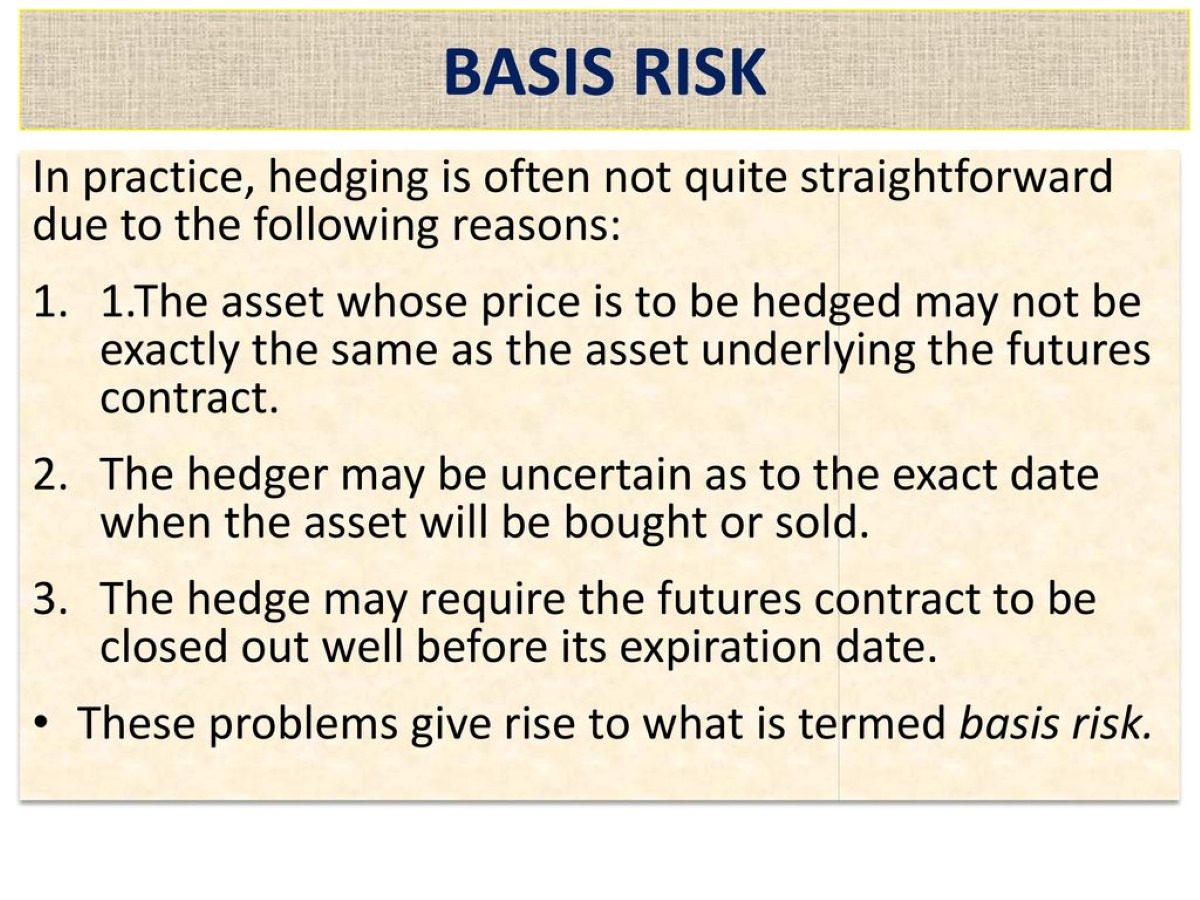Home>Finance>Agency Problem: Definition, Examples, And Ways To Minimize Risks


Finance
Agency Problem: Definition, Examples, And Ways To Minimize Risks
Modified: October 11, 2023
Learn about the definition and examples of agency problem in finance, and discover effective ways to minimize associated risks.
(Many of the links in this article redirect to a specific reviewed product. Your purchase of these products through affiliate links helps to generate commission for LiveWell, at no extra cost. Learn more)
Understanding Agency Problem in Finance
When it comes to managing finances, one of the challenges that organizations often face is the agency problem. But what exactly is the agency problem and how does it affect businesses? In this article, we will delve into the definition, examples, and ways to minimize the risks associated with the agency problem in finance.
Key Takeaways:
- The agency problem arises when there is a conflict of interest between the principal (such as shareholders or investors) and the agent (such as managers or executives) in an organization.
- Examples of agency problems include managers prioritizing personal gains over the welfare of shareholders, or agents not acting in the best interest of the principal.
The agency problem occurs when there is a separation of ownership and control within an organization, creating a level of moral hazard. This means that the person or group responsible for making decisions on behalf of the principal may act in their own self-interest rather than in the best interest of the principal. It is crucial to understand and address the agency problem to ensure the long-term sustainability and success of a business.
Examples of Agency Problems
Agency problems can manifest in various ways within an organization. Here are a few examples:
- Conflicts of Interest: Managers may prioritize their own financial gain, pursuing actions that benefit themselves rather than maximizing shareholder value.
- Shirking Responsibility: Agents may not put in the required effort or take shortcuts in their work, resulting in subpar performance and negatively impacting the organization.
- Misalignment of Incentives: Compensation structures that do not align with the goals of the principal can create conflicts of interest and hinder the performance of agents.
To minimize the risks associated with the agency problem, businesses can implement several strategies:
- Effective Corporate Governance: Implementing strong and transparent governance practices can help hold agents accountable.
- Incentive Alignment: Designing compensation packages that align the interests of agents with those of the principal can motivate better performance.
- Monitoring and Auditing: Regular monitoring and auditing processes can help identify any potential agency problems and address them promptly.
- Clear Communication: Establishing clear communication channels between the principal and agent can help mitigate misunderstandings and align objectives.
In conclusion, the agency problem can pose significant risks to the financial well-being of organizations. However, by understanding its definition, recognizing the examples, and implementing the necessary measures to minimize these risks, businesses can navigate the challenges associated with the agency problem effectively.














